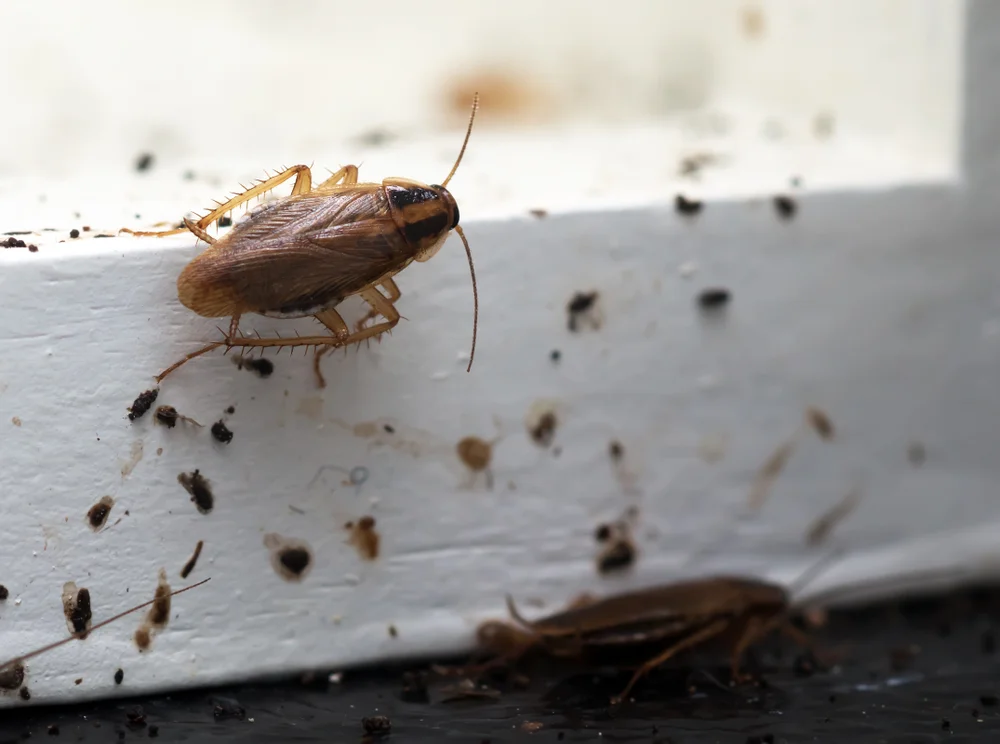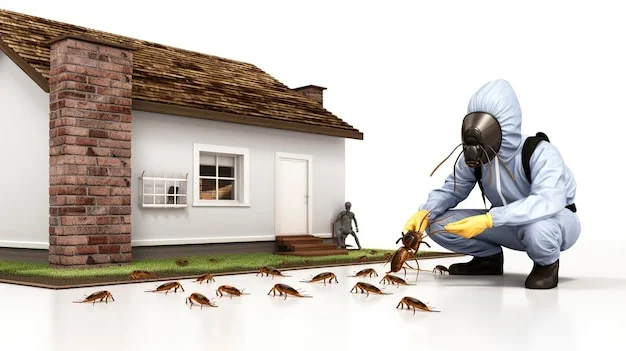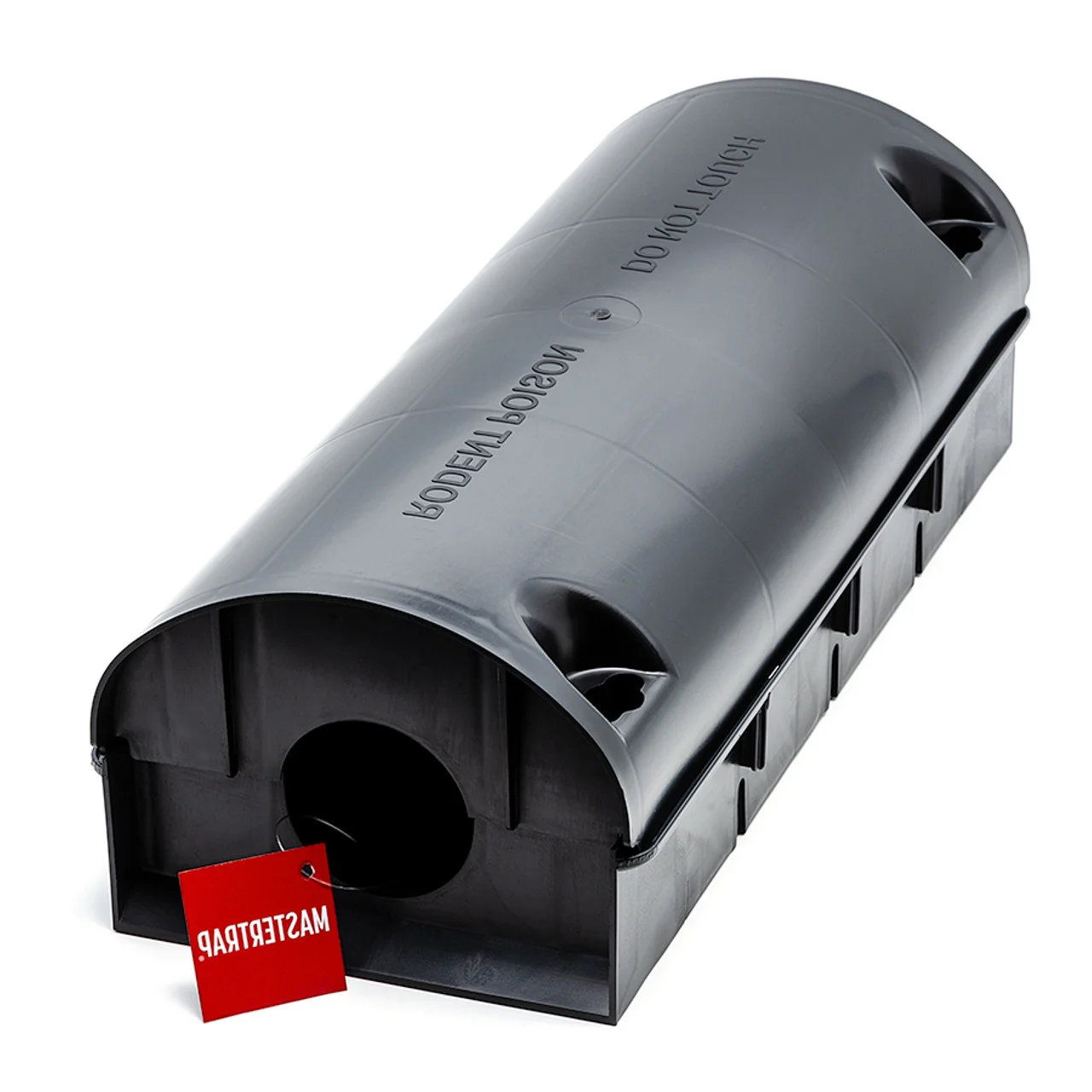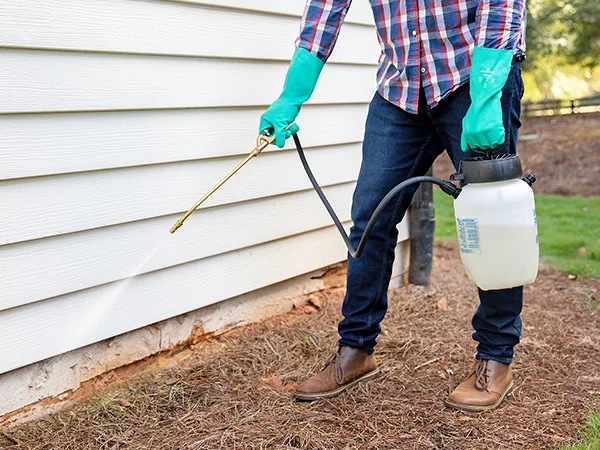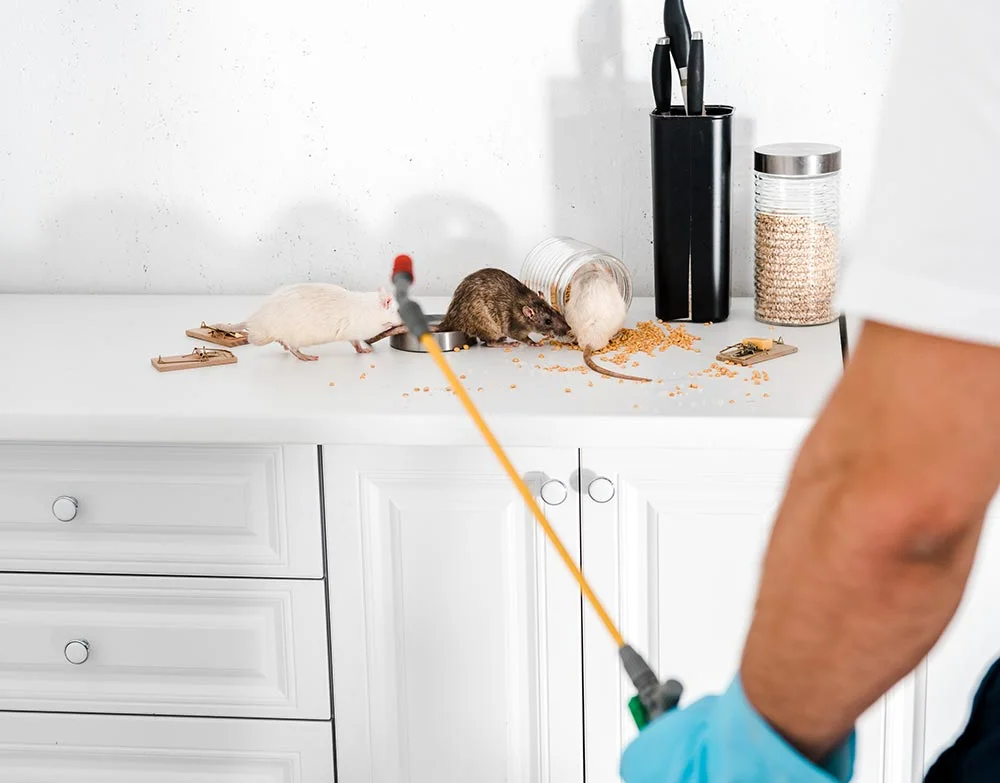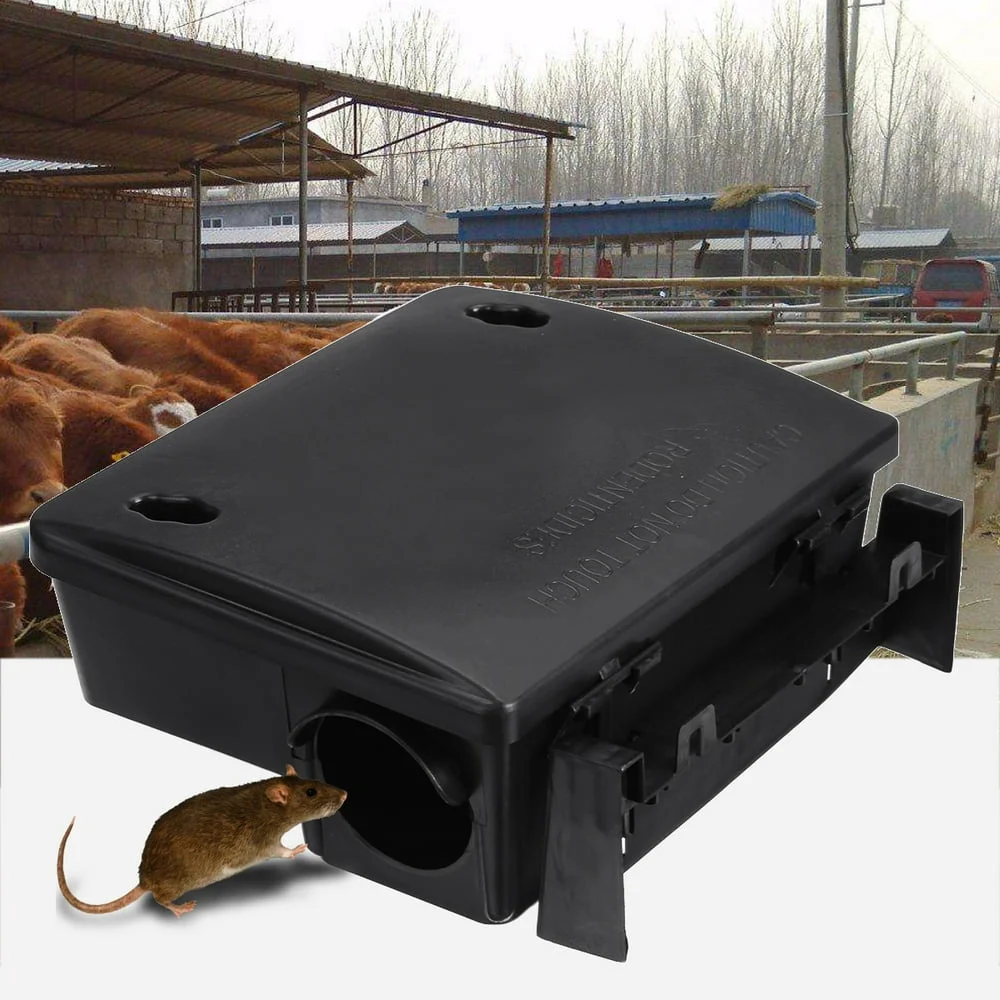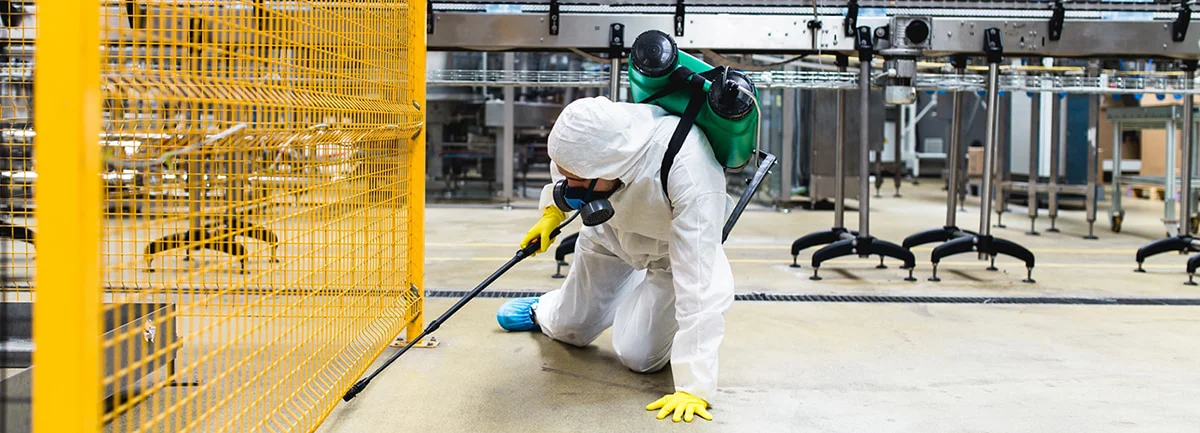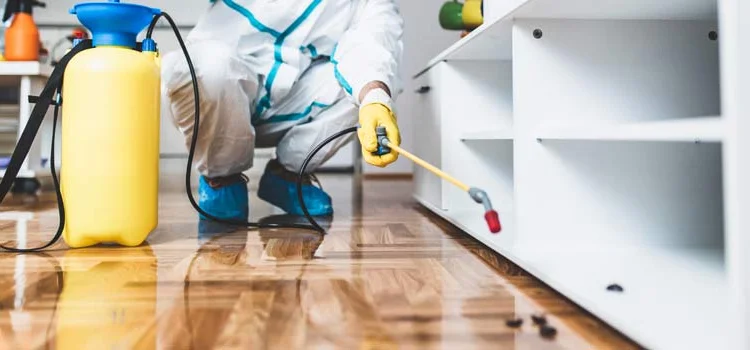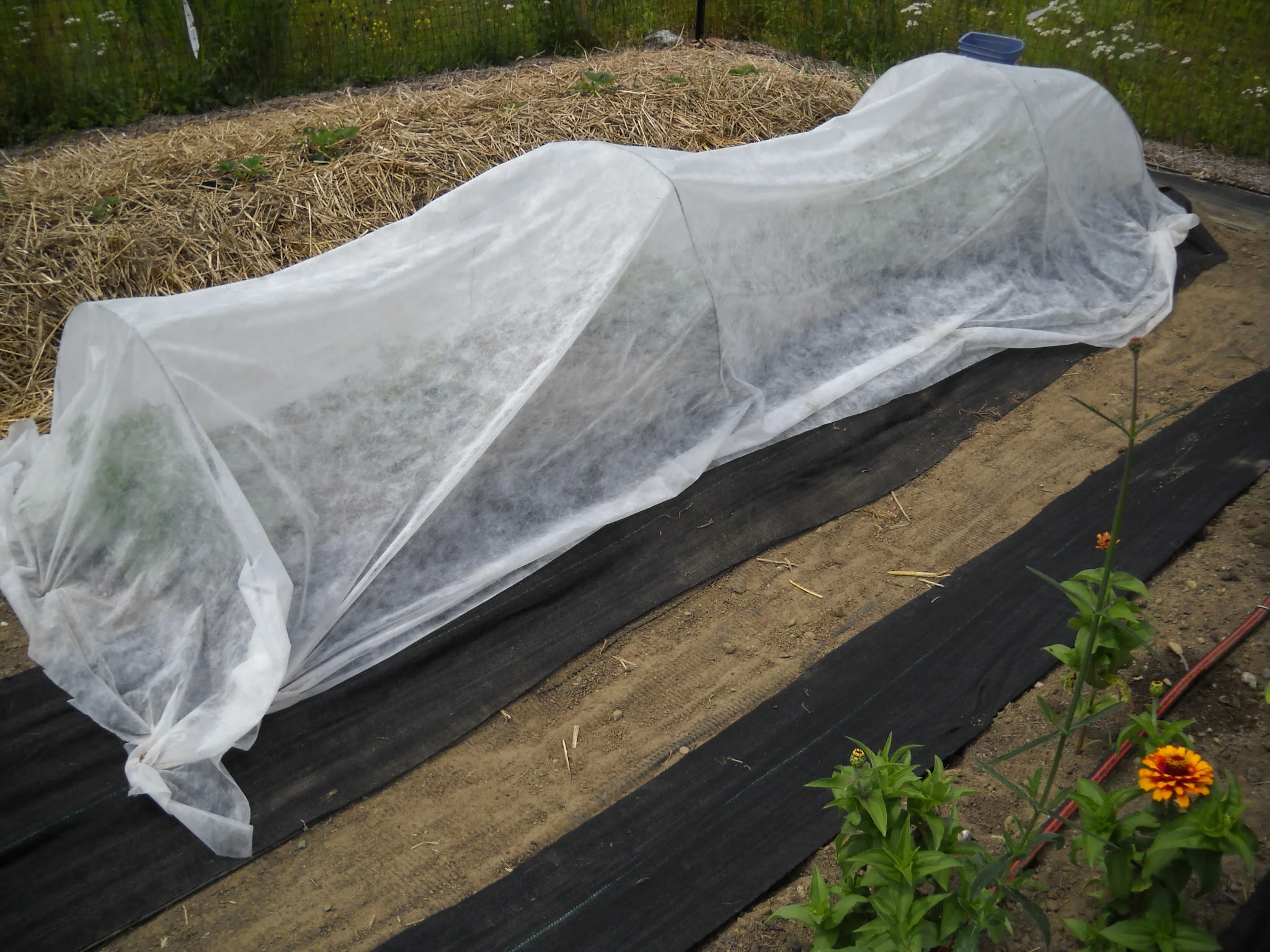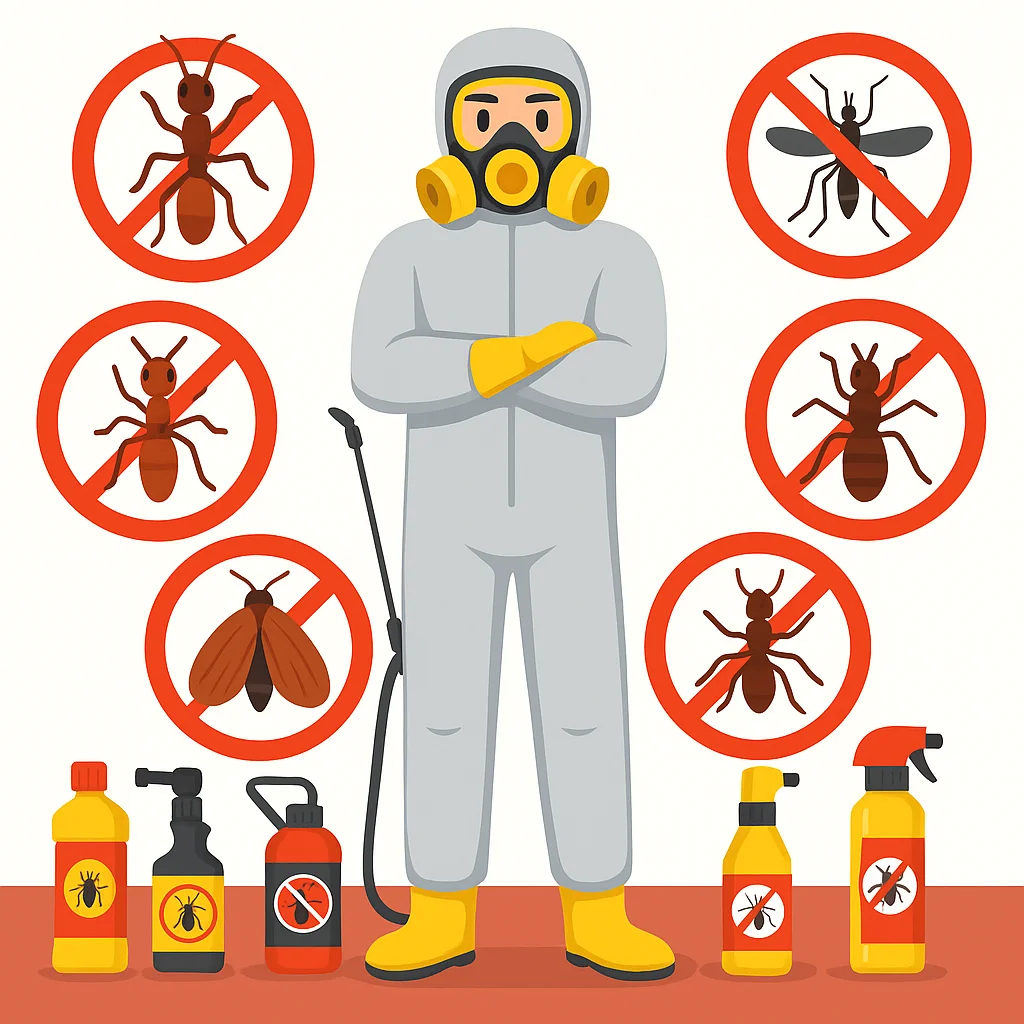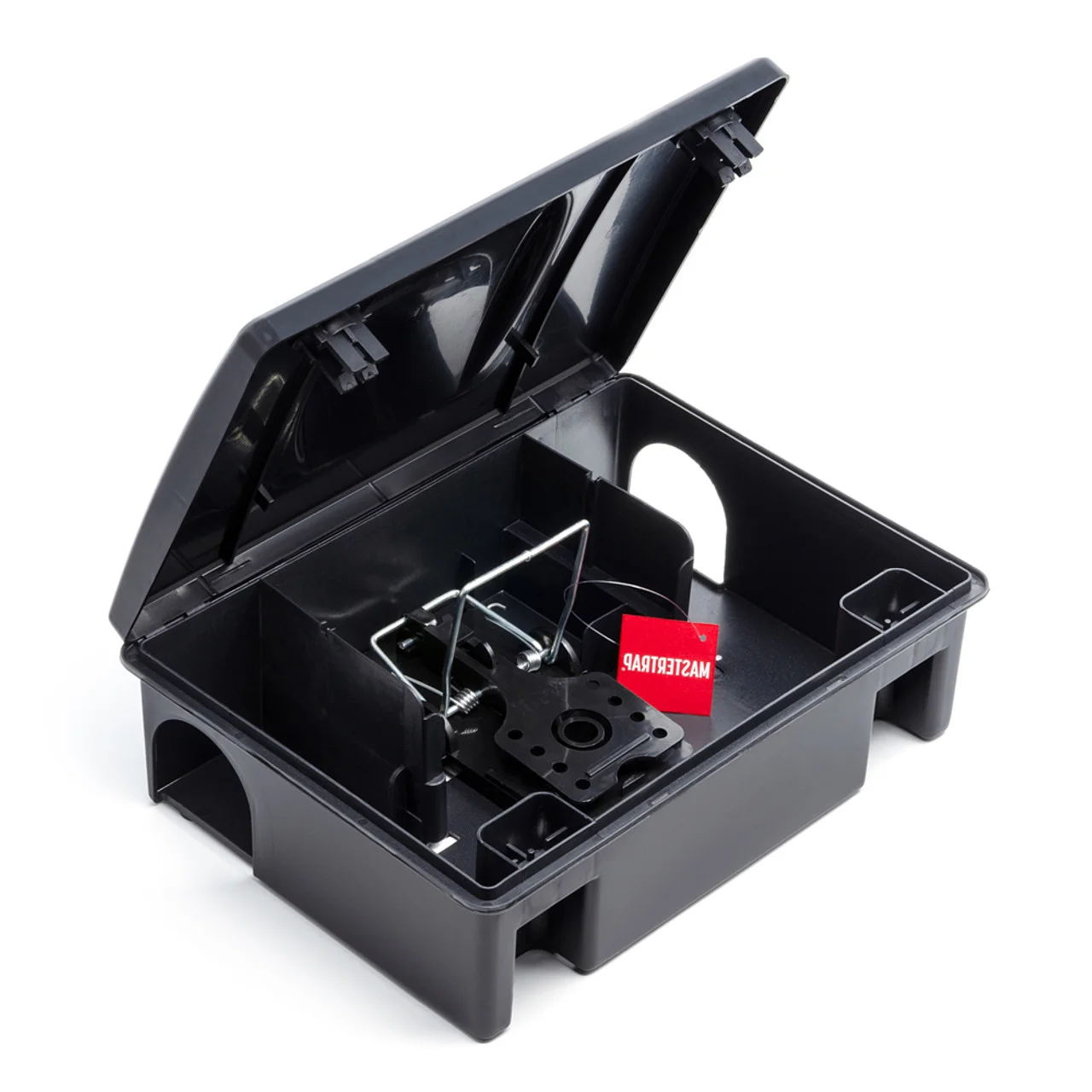Norway rats, also known as brown rats or sewer rats, are the larger and more common of the two primary rat species. Adults typically measure 7-9 inches in body length with tails slightly shorter than their bodies, and can weigh up to one pound. They have brownish-gray fur, small eyes relative to their head size, and blunt noses. These rats prefer ground-level locations and are excellent burrowers who create extensive tunnel systems beneath buildings, along foundations, and in yard areas.
Norway rats are primarily nocturnal but may be active during daylight hours when populations are large or food is scarce. They're omnivorous but prefer high-protein foods like meat and fish. These rats are strong swimmers and often inhabit sewer systems, which is how they frequently gain access to buildings. Their burrowing behavior can cause significant structural damage to foundations, walkways, and landscaping features.





